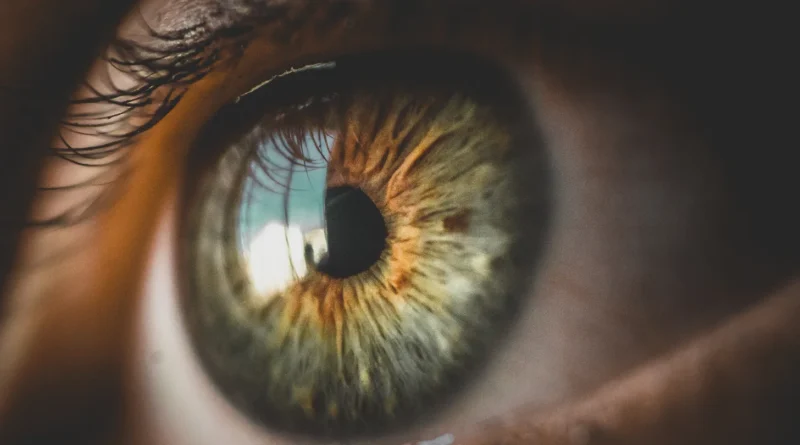A Bioengineered Cornea can Restore Sight to Blind People
Inspired by MIT Technology Review
Have you ever wondered about being blind your whole life? About 39 million blind people are living in this world, unable to see the color of the world. They might have been blind after an accident or congenitally blind. I once saw a video on youtube about a father who was blind, had eye surgery, and saw his children for the first time. He cried after seeing his children’s eyes and how the world looked directly through his eyes. I was impressed and touched by this video and thought it would be helpful if medical technology improves blind people and allows them to use their own eyes. After some research, I discovered a technology that can replace bioengineered cornea implants for blind people. This cornea implant is made up of collagen and protein extracted from the skin of the pig. They even tested 20 blind people’s eyes, and all of them restored their sight. Luckily, 3 people achieved perfect 20/20 vision, which is an absolutely perfect sight for humans. I felt that I was really interested in this biotechnology! Therefore, I would like to introduce you to this magnificent technology.
First and foremost, this technology was made by a team at Linköping University in Sweden. They made the cornea implant from collagen and protein excerpted from pig’s skin. This was available because pig skin has a very similar structure to human skin, and it was also cheaper than other materials. We have to be interested and support this invention because the corneal blind is a big problem. The cornea is the main part of the structure of the eye, which helps to focus light rays and protects the eye from small and big foreign substances by reacting sensitively. As well as the cornea is the first step to take in light and refracts the light. It is essential. If the cornea does not refract the light, it cannot see the object. Also, it protects the eye from dirt and germs that are really harmful. When the cornea is damaged, it makes it difficult to see because it can prevent light from reaching the retina. Iran, India, China, and various countries have a high rate of cornea blindness, over 12.7 million people suffer from cornea blindness. Therefore, this technology may help lots of people. The team not only invented this technology but also found a new surgical method that is simpler and safer than before. The technique uses a laser to lacerate the cornea’s middle before filling it in with the implant. This helps the wound heal more quickly and prevents it from having little or no inflammation afterward.

This is an important invention because it improves people’s lives. This technology uses pig’s skin which is cheaper than a human’s cornea. Therefore, it is much easier for developing countries with many blind people to maintain supply for them. Also, if they utilize the method I introduced before, they can restore one’s eyesight more safely and quickly at low cost. This will benefit society because it can provide more laborers for the company or the country. Having more people to work means having more possibilities to develop. In addition, helping people to restore their sight can make them more mentally healthy and happy because there are people who suffer depression and anxiety since they are blind.
To summarize, a team at Linköping University has invented a new technology that can reveal one’s sight. The cornea is the main function of our eyes. They collect light and make us available to see the world. However, some people have a damaged cornea or are congenitally blind. For these people, they invented a new technology. They also found a new surgical method when they are implanting a new cornea. This method is not only safer than the last one but is also more simple. Therefore, it increases the probability of a successful surgery. The team made the cornea with pig skin that has a similar structure to human’s skin. To sum up, I found this technology really interesting and helpful for many blind people. I wish this technology is spread more to the public and will be more developed and supplied to many blind people, especially the blind people who live in developing countries.

